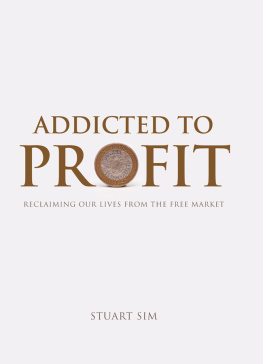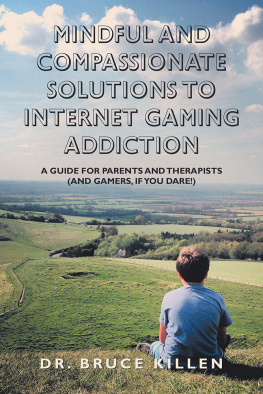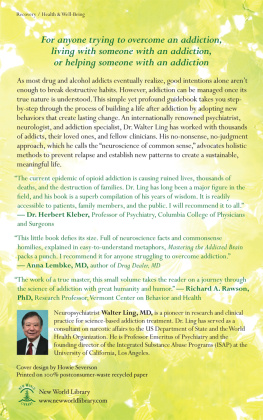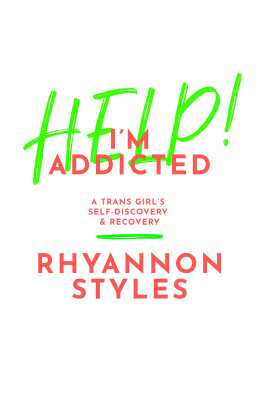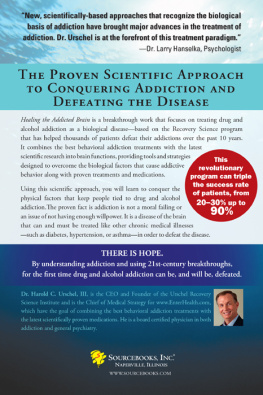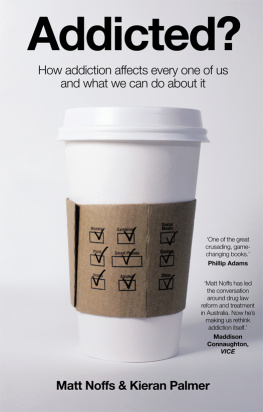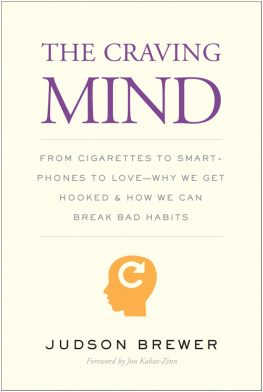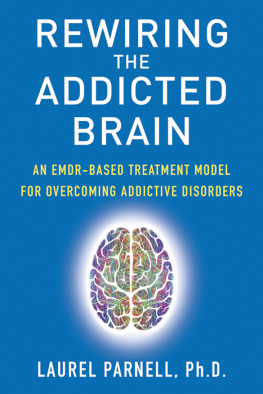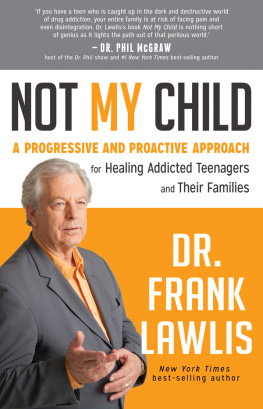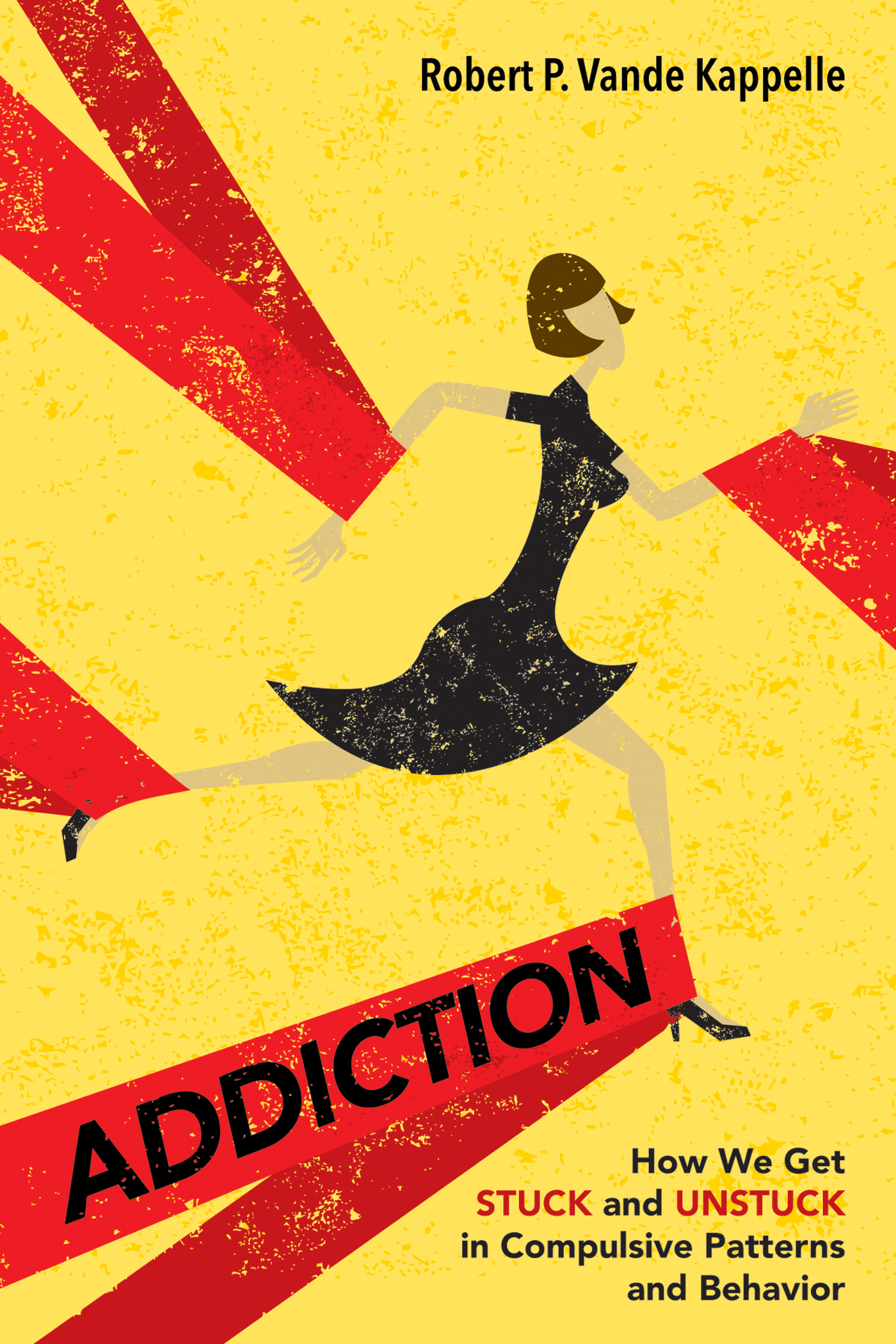ADDICTION
How We Get Stuck and Unstuck in Compulsive Patterns and Behavior
Robert P. Vande Kappelle
The Problem:
Addiction
Chapter
The Nature of Addiction
Addiction is a learning disorder, a pattern of learned behavior.
Maia Szalavitz
A ddiction and dependence, like democracy and tyranny, are value-laden concepts, and in normal usage, they generally have a negative connotation. When we speak of addictive or compulsive behavior, what do we mean? Is dependence on a drug or on a pattern of behavior necessarily bad or harmful?
In every society, ordinary people frequently become dependent upon a variety of substances such as nicotine, caffeine, sugar, and chocolate. Some people, of course, become hooked on more harmful drugs. Is such reliance physical addiction, psychological dependence, or simply preference? In the past, experts argued that people could develop psychological dependence by habitually indulging or overdoing certain substances, but they tended to view the products themselves as not physically addictive. Times have changed, and our attitudes toward drugs and drug use have altered dramatically.
Take smoking, for example. While the habit has plummeted since the 1940 s, when it was considered fashionable ( percent of adult males smoked during the 1940 s and 1950 s), nowadays only percent of adults smoke, the majority of younger practitioners doing so mostly for nonconformity rather than for its effects. By contrast, alcohol consumption remains high, particularly among adolescents and young adults (today around two thirds of Americans over twelve claim to have had at least one drink in the last year). Also, among people ages twenty-one to twenty-five, percent claim to have taken an illegal drug at least onceoverwhelmingly marijuanaand percent to have taken one in the past month. Modern Americans, it seems, are relatively prodigious drug users, although drug addiction is far rarertypically affecting to percent of users.
How do we know if we are addicted? Is it, like pornography, evident to the user, or is addiction more subtle, like racism or bigotry? The answer to both questions is ambiguousin some cases yes and in others no. Of course, the answer need not remain vague. There is an explanation. Simply put, evidence of addiction requires two factors: withdrawal symptoms and tolerance (that is, the need for increased doses). While tolerance and withdrawal symptoms might be less severe in people addicted to sugar, chocolate, or caffeine, or more severe in those addicted to nicotine, alcohol, or heroin, the difference is only in degree. If people cut down on or quit taking caffeine or sugar and experience mental and physical withdrawal symptoms, they are addicted. Chemical addiction (reliance on drugs), however, leads to even greater dependence, increasing mental anxiety and physical distress. Any substance that can alter the mind can be addictive.
The terms addiction and dependence are often confused or used interchangeably. Despite overlap, there is a major difference. Whereas tolerance and withdrawal symptoms may be present in both cases, dependency is generally resolved by slowly eliminating a behavioral pattern or by reducing the use of a particular substance. On the other hand, addiction occurs when behavioral patterns or extensive substance use have caused a persons brain chemistry to change. Severe addiction usually manifests in compulsive or uncontrollable urges to repeat certain behaviors or through cravings for specific substances, even in the face of doing harm to oneself or others. The only way to overcome such addiction is through treatment.
Addiction, as you might have guessed, is not limited to substances. Humans regularly become obsessed with work, performance, hygiene, responsibility, intimacy, vanity, and personal appearance, as well as to being liked, helping others, and an almost endless list of other behaviors. Viewed naturally, as patterns related to vocation, parenting, maturity, and other social skills, such behaviors are not only normal but also necessary and even virtuous. In most cases, the absence of such factors can be alarming, for this deficiency can result in depression, withdrawal, boredom, indolence, and even in more dangerous and antisocial behavior such as violence and crime. However, when concerns with performance, appearance, and responsibility become compulsive, tolerance and withdrawal are clearly evident. In such cases, no matter how much achievement, approval, or intimacy one experiences, it is never enough.
Existentially speaking, to be alive is to be addicted. We all struggle with addiction, and to function without customary items leads not only to a craving for them, but also to anxiety and even physical discomfort. Of course, if addiction simply means needing something to function, such as food, water, and air, the term becomes meaningless.
The Disease Model of Addiction: Alcoholism
Broadly understood, addiction is a universal condition that plagues not only humans but also all animal species. The use of mood-altering substances predates the rise of humans and other primates. Many animal species deliberately seek intoxicating plants or the alcohol produced in rotting fruit. Humans, it seems, discovered the stimulating properties of coffee only after observing its effect on goats that had eaten the plants beans. Some archaeologists claim that civilization itself began when human beings settled down to grow grainnot because they needed it for food, but to make beer.
Surprisingly, the idea of addiction itself is a relatively modern concept. At first, what we now call addiction was seen as a voluntary, though inadvisable, choice. The Bible, for example, describes a drunkard as a lover of wine, viewing addiction more as overindulgence than as compulsion. In the nineteenth and twentieth centuries, ideas about addiction began to change. During Prohibition, which lasted from 1920 to 1933 , an ideology developed that people exposed to drugs, in this case, to alcohol, could become addicted if they drank heavily for long enough. Of course, the disastrous results of Prohibition are now notorious. Although the movement produced some positive effects, like initially reducing alcohol-related hospitalizations and deaths from cirrhosis, alcohol rates surged during Prohibition, rising as much as percent. Meanwhile, the murder rate rose as well, by nearly percent.
With the demise of Prohibition, the idea that alcoholism is simply a result of exposure to large amounts of alcohol began to be discredited. The repeal of Prohibition and the emergence of Alcoholics Anonymous, founded in , promoted another explanation for addiction, namely, the disease model. Instead of seeing alcohol as the cause of alcoholism, experts began to view drinking as a symptom. Now the problem wasnt merely the substance but rather the users relationship to the drug. According to this perspective, most people could safely handle liquor; only alcoholics could not. They had an allergy to alcohol. Legalizing alcohol, then, would allow this group to be treated medically, leaving normal drinkers alone while freeing the industry from control by organized crime. The medical model for addiction continues to be widely acceptedat least as involving alcohol and illegal drug use.
There are many controversies surrounding alcoholism, including whether alcoholism is a disease. As with the distinction between dependence or addiction, or loss of control versus reduced control, the answer has far-reaching implications for how people should attempt to recover. From a common sense perspective, a disease is something one either has or does not have. There is no middle ground. In the case of alcoholism, on one side of the line are alcoholics; on the other are those who abstain, social drinkers, and those who demonstrate occasional alcohol problems, such as binge drinkers.


